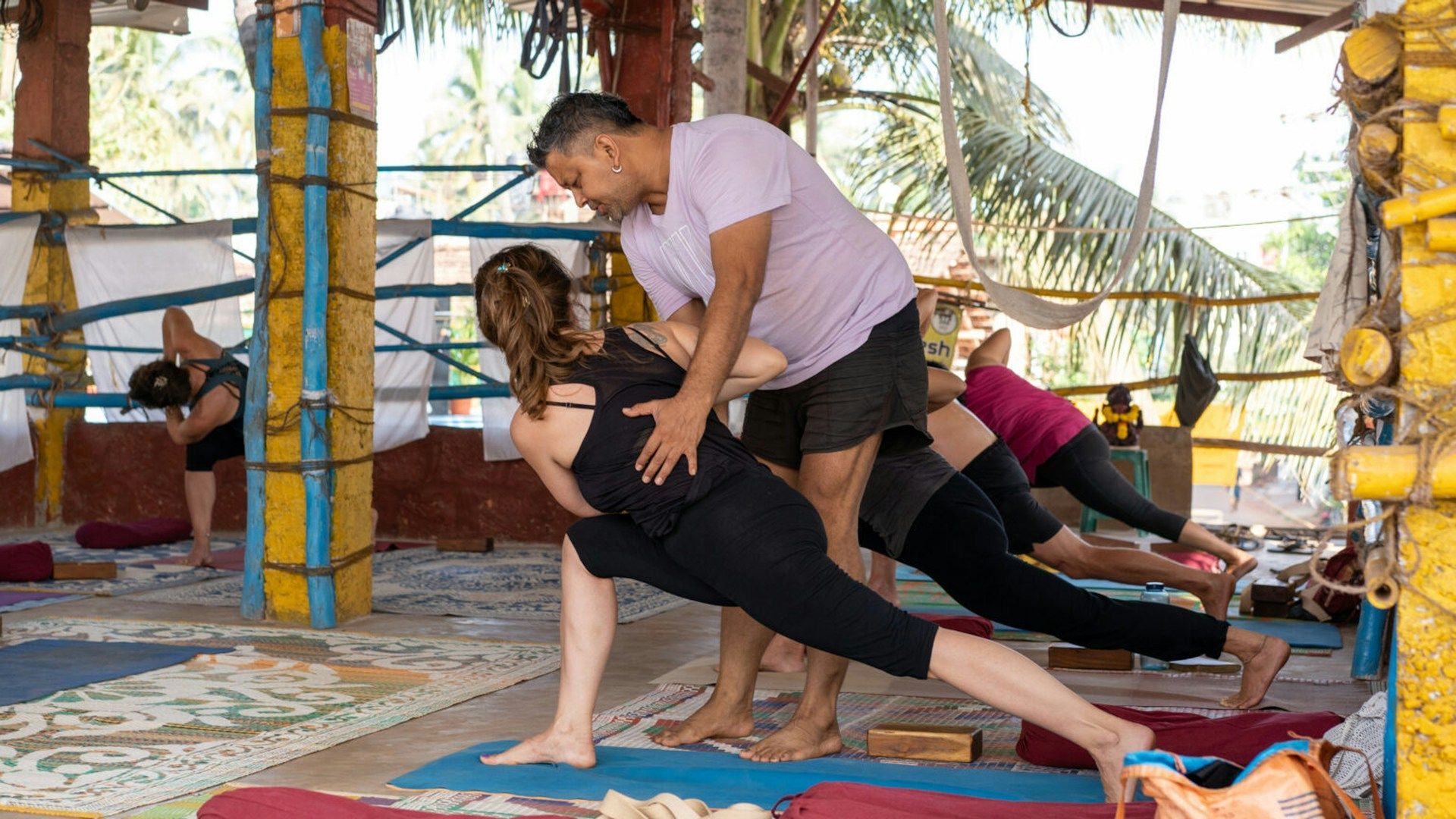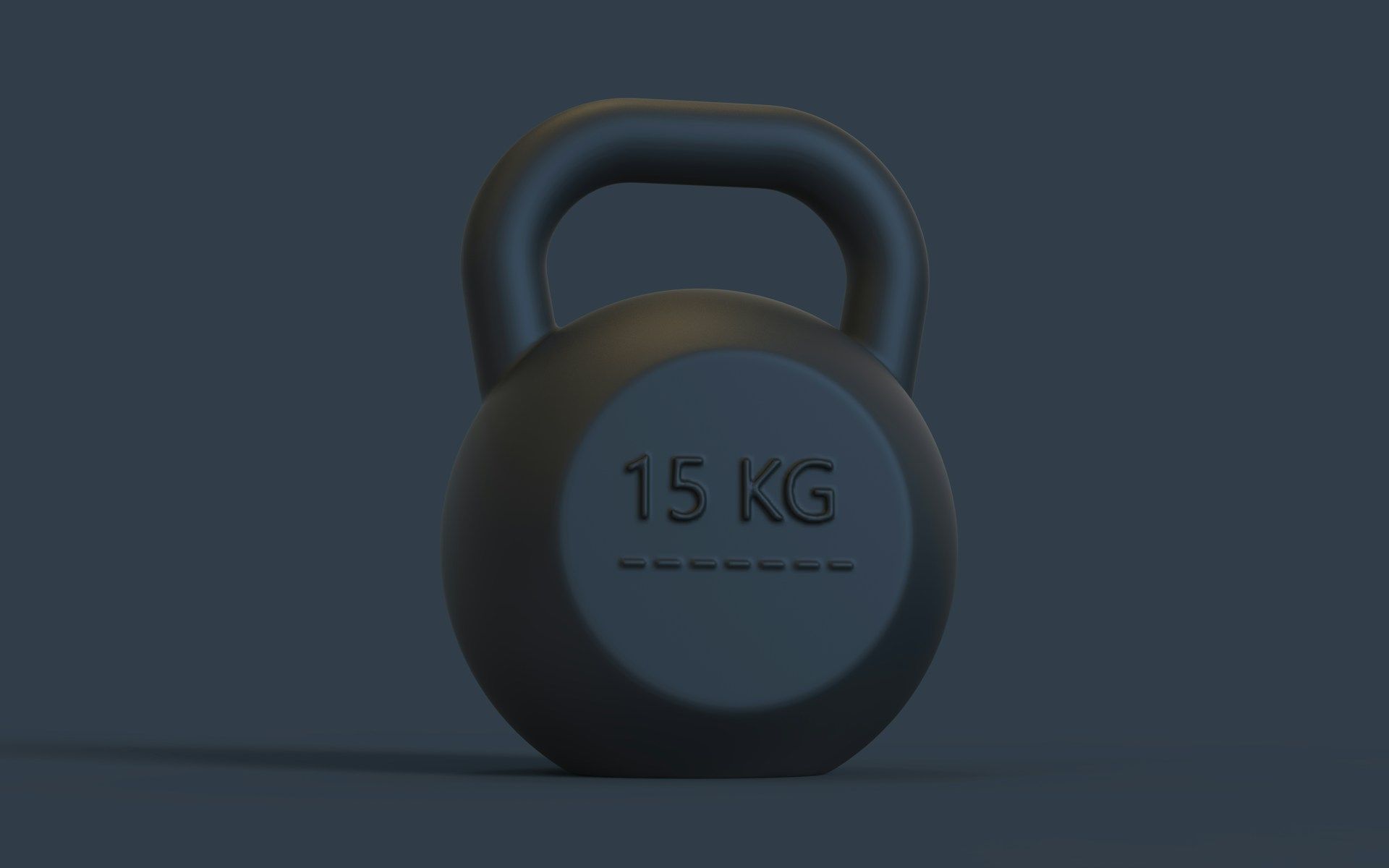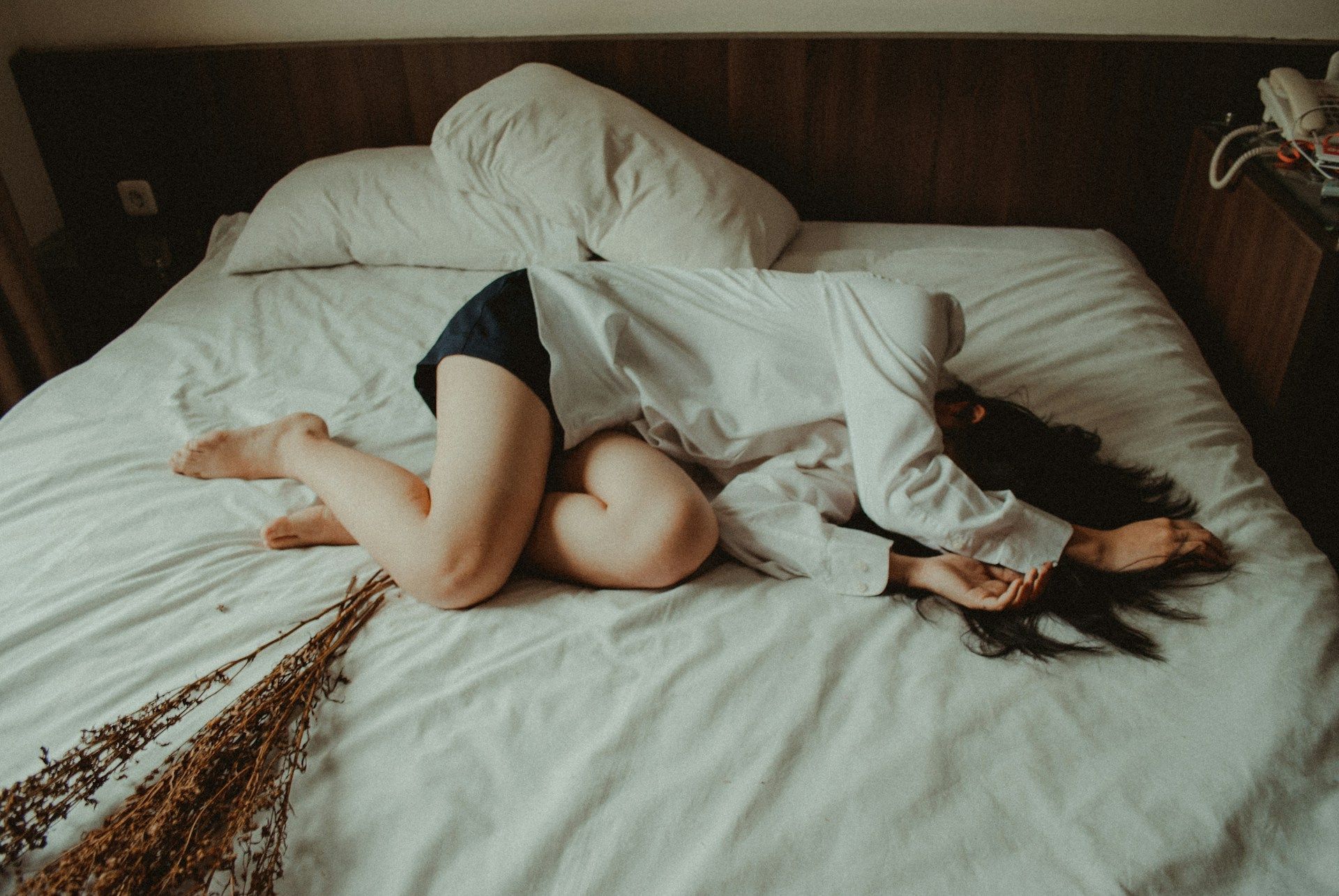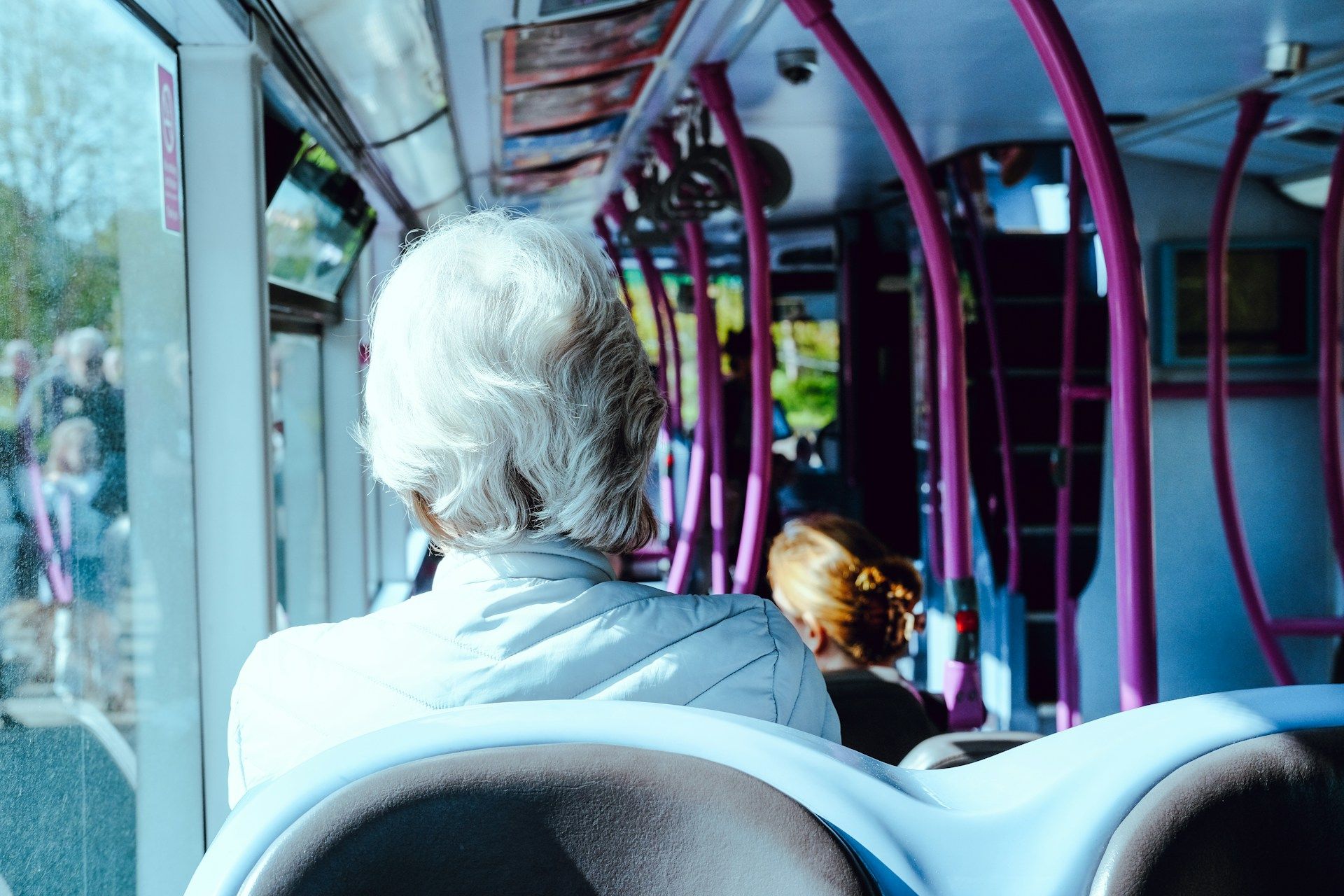Yoga and Bone Health
Written by Jennifer Stanley.
Your bones are among the toughest structures in your body, but they’re still living tissue. You can damage them or make them stronger, depending on your life choices. If you’re an older adult, maintaining your skeletal health is one of the best things you can do to prevent physical decline, especially if you’re a menopausal or postmenopausal female (like myself). Can yoga improve your bone density and strength?
You might have guessed the answer to that question is yes. While many physical activities improve bone density and prevent the weakness that typically accompanies aging, yoga has unique advantages. Here’s what you should know about yoga and your bone health.
Bone Health Trouble as You Age
Nearly everyone has an older friend or relative who has “shrunk” with age. Osteoporosis affects roughly 10 million Americans. Please don’t think this disease only strikes after retirement. One in three adults over the age of 50 has some reduction in bone density, called osteopenia. This condition elevates your risk of break, the recovery from which can keep you off your feet, weakening the rest of your skeleton.
Osteoporosis doesn’t only bend your spine and make you lose inches. Partially broken and collapsed bones in your spine can cause excruciating pain that hinders your mobility. This limitation also creates a negative cycle, where inactivity continues to reduce your remaining bone density further.
What Causes Osteoporosis?
It might surprise you that your skeleton continues growing after you reach full height. Bone is living tissue, meaning each day, some cells die and are replaced by new ones. Osteoporosis occurs when the rate of replacement fails to keep up, causing your bones to weaken with time.
Certain factors increase your osteoporosis risk, including:
- Sex: Osteoporosis strikes women more frequently.
- Age: Osteoporosis tends to get worse with age.
- Family history: Your risk increases if one of your parents has the disease.
- Hormone changes: Low estrogen or testosterone increases risk.
- Diet: Low calcium and vitamin D intake in youth may increase your osteoporosis risk.
- Other medical conditions: Those with rheumatoid arthritis, endocrine diseases, cancer, HIV/AIDS and anorexia face elevated risks.
- Medications: Certain prescriptions may raise your risk — talk to your doctor.
- Lifestyle: A sedentary lifestyle increases risk as exercise improves bone density but a lack of movement weakens them. Furthermore, chronic alcohol and tobacco use heightens risk.
Traditional Treatments for Osteoporosis
Doctors typically treat osteoporosis by prescribing medications that either slow the rate of bone loss or help you rebuild new tissue. However, they’ll also recommend lifestyle modifications. You’ll need to take extra precautions to lower your fall risk, as your bones will break more easily.
Other lifestyle modifications include improving your diet and getting regular, moderate exercise. That’s where yoga comes into play. Here’s how this activity can improve your bone health.
How Yoga Improves Bone Health
Yoga improves your bone health in several ways. It’s a weight-bearing exercise that doesn’t involve impact, making it accessible for those with joint conditions who find other exercise forms intolerable. Furthermore, it strengthens and maintains flexibility in surrounding connective tissues, improving mobility even in those with arthritis.
Its most profound effects may come from balancing various body chemicals that promote tissue healing, including your bones. Cortisol plays a crucial role in healing, but if your body is already burnt out from an overabundance of it, you could have a longer recovery time.
1. What Science Says About Yoga and Bone Health
Several studies support the use of yoga for improving bone health. One recent study, the results of which are slated for publication in 2024, shows that this practice improved both the mental health symptoms and bone density of adolescent females with eating disorders. Anorexia nervosa harms bone health by depriving the body of the necessary nutrients for maintaining your skeleton.
Many earlier studies suggest the efficacy of yoga as a preventative medicine against osteoporosis. A 2023 meta-analysis of 39 trials featuring over 2,000 participants found that this practice may be an effective therapy, particularly in the following areas:
- Improving bone density
- Bettering bone mineral content
- Helping the function of the lower extremities
- Reducing pain and fear of injury
- Increasing quality of life
Nor must your practice take much time to produce results. One earlier 2016 study showed that just 12 minutes of daily practice reversed osteoporotic bone loss.
How long should you hold each pose? An even earlier 2009 study suggests that bone cells begin to create new bone after 12 seconds and stop after 72 seconds. A nice hatha vinyasa to restorative flow contains the perfect balance of holds and active movement to rock bone density as long as you hold each asana for roughly 30 seconds.
2. Yoga and Thinning Bones: Poses to Avoid
While medical science encourages yoga for bone health, there are some postures you should avoid, especially if you have a bad back. Please avoid the temptation to push yourself, especially if you have a trauma history and your adaptive response is to endure what you should not.
In general, you should avoid moves that focus heavily on flexion and extension. Doing so can lead to injury, which can keep you from the mat. You also want to avoid deep twists. Finally, remember, everyone’s bone and muscle configuration varies, so don’t force. Use extreme gentleness and caution with the following poses:
- Forward folds: Keep your weight on your toes while simultaneously focusing your attention on the hamstrings. The emphasis is not to get your hands to touch the floor but to open up the big muscles on the backs of your legs. If you feel any tugging in your lower back, straighten it by pressing your palms against your calves or thighs.
- Drop-backs: Drop-backs are an Ashtanga move that those with degenerative discs should avoid.
- Wheel: I’m a fan of a rock star or wild thing, a gentler way to get into a backbend. Camel and sphinx are also safer alternatives.
- Seated forward folds and butterfly: These moves can put tremendous pressure on your lumbar spine. The best advice is to keep your back straight, making your body resemble more of a tilted letter L rather than rounding through the spine. My preferred alternatives these days are to perform forward fold standing or supine leg raises.
- Twists: In general, easy seated or supine twists shouldn’t cause pain as you only twist to your level of comfort. Use caution with Matsyendrasana twists and bound twist poses that put external rotational force on the spine.
3. General Tips for Practicing Yoga With Thinning Bones
When practicing yoga with thinning bones, keep mindfulness at the forefront of your practice. Sure, it’s fun to jump back into plank, but not at the risk of an achy back for a week or more afterward.
Keep your practice low impact and modify poses to suit your unique body. The beauty part about yoga is that unless you’re doing a completely different routine in the front row of a crowded studio, you’re free to add variety. In fact, it’s encouraged — part of mindfulness practice entails tuning into sensory cues, including the interoceptive ones from within.
Inversions are a tricky vixen. In some patients, they ease pain, but many find the risk of neck injury not worth it. I personally avoid inversions, not because of my spine but because going upside down does something very wonky with my equilibrium. However, others choose to incorporate them as the benefits they receive from easing spinal compression outweigh the risks. You can also invest in specialty headstand trainers or take to the sky with aerial yoga for the spinal perks.
Your Bone Health and Yoga
Yoga can play an important role in helping you maintain bone health as you age. The weight-bearing component increases density, while non-impact flows protect joints damaged by arthritis or disease.
Keeping your bones healthy through yoga is an excellent choice to make as you age. Doing so reduces your risk of fracture and the lowered quality of life that often follows injury. Whichever style you choose, adding yoga to your life can lead to healthier bones











